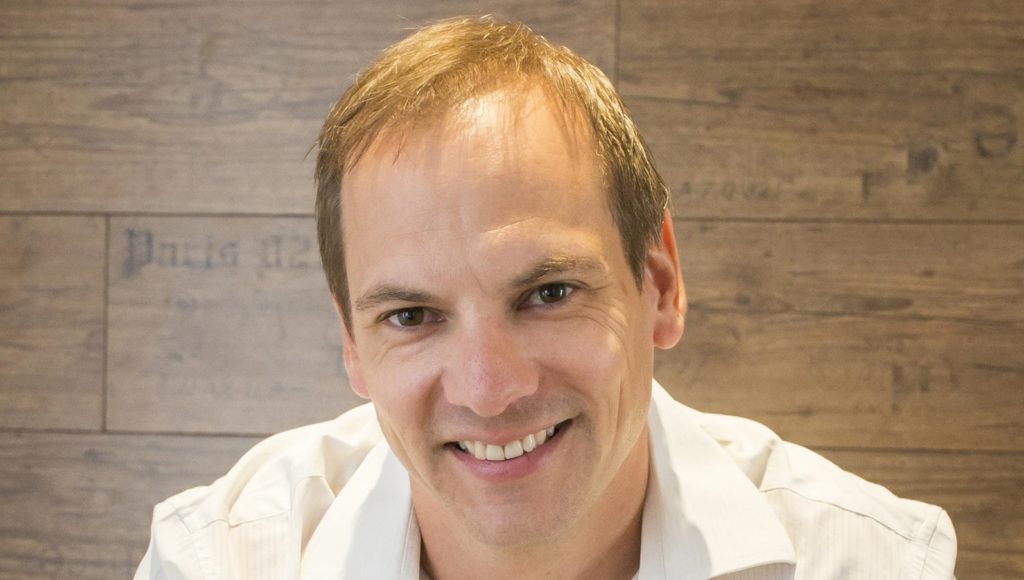The clock is ticking for Windows 10 users. With Microsoft’s official End of Support (EOS) deadline looming in October 2025, South Africans are being…
Knowledge, networks, funding: what’s behind VC that set up Uber exit [Q&A]

It’s just days after arguably the biggest deal so far this year — Cape Town founded company orderTalk’s exit to Uber Eats. Many may be wandering how the venture capital (VC) company behind the deal — SA’s Knife Capital — was able land such a big opportunity.
While the terms of the deal — which was announced by Knife Capital last week — were not disclosed, Knife Capital partner Keet van Zyl confirmed at the time that the deal is “significant in terms of return on investment”.
Impressively, orderTalk was the final investee company to exit from the R150-million HBD Venture Capital Fund that Knife Capital managed. Knife Capital has also achieved exits to General Electric and Visa from the same HBD Fund.
Read more: Uber Eats acquires SA founded tech firm orderTalk for undisclosed amount
Read more: Three reasons why Uber acquisition of SA grown orderTalk is so big a deal [Updated]
So, how did Knife do it?
For Van Zyl it comes down to a combination of three things — successfully combining knowledge, networks and funding (also see a 2015 blog piece he wrote, here).
For VC behind Uber deal it comes down to a combination of three things — successfully combining knowledge, networks and funding
Days before announcing the Uber Exits deal, Van Zyl responded to a number of questions, as part of a series of interviews that Ventureburn is conducting with venture capitalists and angel investors in the SA tech startup sector (see the footer of the story for links to other interviews). Here’s what he had to say.
Ventureburn: What kind of return on equity do you generally look at?
Keet van Zyl: Knife Capital’s targeted minimum Internal Rate of Return (IRR) is 40% (this is an annualised return or discount rate where net present value (NPV is zero). Exit horizon is usually four to seven years realistically.
VB: What percentage of equity do you usually look to take?
KVZ: We like to have a significant minority interest. This usually results in an equity stake of between 15% and 30%.
VB: How many of your investments have had exits, how many are making really good growth?
KVZ: We’ve had some successful portfolio exits through the years to the likes of General Electric and Visa. As well as successful management buy-outs.
Historically around two-thirds of our (realised and unrealised) portfolio companies have significantly over-achieved on investor targets; 25% are not meeting target but surviving and 10% are failures.
In our current KNF fund (a Section 12J tax incentive fund – Ed) it is a bit too early to tell as all of the investments are achieving really good growth. For us good growth means beating our IRR target of 40% year-on-year. But some have exponential growth well above this.
VB: Why would some investments be doing better than others?
KVZ: Various factors contribute (see next answer), but it boils down to execution capabilities of the whole team (including VC value-add) to scale a product-market fit in a beachhead market into other markets globally, successfully combining knowledge and networks and funding.
VB: Are there say three or four important ingredients to making an investment return good value for investors?
KVZ: Luck and timing; Investing at the right valuation (as a good business does not necessarily equal a good investment); alignment of shareholder interests; and building a sustainable business, but with the exit in mind.
VB: Of those investments you have exited, what made them successful?
KVZ: The four points above, combined with an incredible ability of the entrepreneurial team to execute!
VB: How many of your current investments have had second or third-round investments?
KVZ: Not too many of our investments have had follow-on rounds, but it does happen.
Our model is to invest enough capital to provide runway to sustainable cash flows, so that the entrepreneur can get on with growing his or her business and not spend time on investment roadshows and pitches. But sometimes new windows of opportunity arise that require additional capital to take advantage of.
(Our investments are) mostly funded by us and the other shareholders, but we also invite other credible investors for strategic reasons (like broadening networks for market access) to participate.
VB: Do you look to do this yourself or team up with other investors (say as a lead investor)?
KVZ: Yes, we like to syndicate and co-invest with one or two credible investors and angels. But prefer not to participate where the cap table is too messy with too many non-value-adding investors.
VB: Or maybe you look for a foreign or local company to acquire your stake or the company?
KVZ: Our preferred exit route is a trade sale to a strategic partner. This is because if the synergies are strong enough, one can gain additional valuation multiples over and above the financial value of the company.
Foreign investors typically have bigger balance sheets and a global strategy, making it easier to negotiate relatively higher valuations. But there are also some good credible local acquirers.
VB: What are the names of the startups that have exited and then those that have an above targeted return on equity?
KVZ: Here they are:
- Red Five Labs (2007) – Exit to FedGroup (Undisclosed, see here – Ed)
- CSense (2011) — Exit to General Electric (Rumoured by some to be over $100-million at the time, see here – Ed)
- Fundamo (2011) — Exit to Visa (For $110-million, see here– Ed)
-
iKubu (2015) — Exit to Garmin via Knife Capital’s Grindstone Programme (Undisclosed, see here – Ed)
- FlightScope (2017) — Exit to management in a structured management buyout (Undisclosed, see here – Ed)
- orderTalk (2018)– Exit to Uber Eats (Undisclosed, see here – Ed).
Editor’s note (30 May 2018): In the initial version we neglected to mention the iKubu deal and have now included it above.
Read more: Jozi Angels wants R8m return from R400k invested per startup [Q&A]
Read more: Market readiness key when investing in startups – 4Di Capital founder [Q&A]
Read more: Startups need at least 10x in 5 years to be good investment – VC, angel investors

